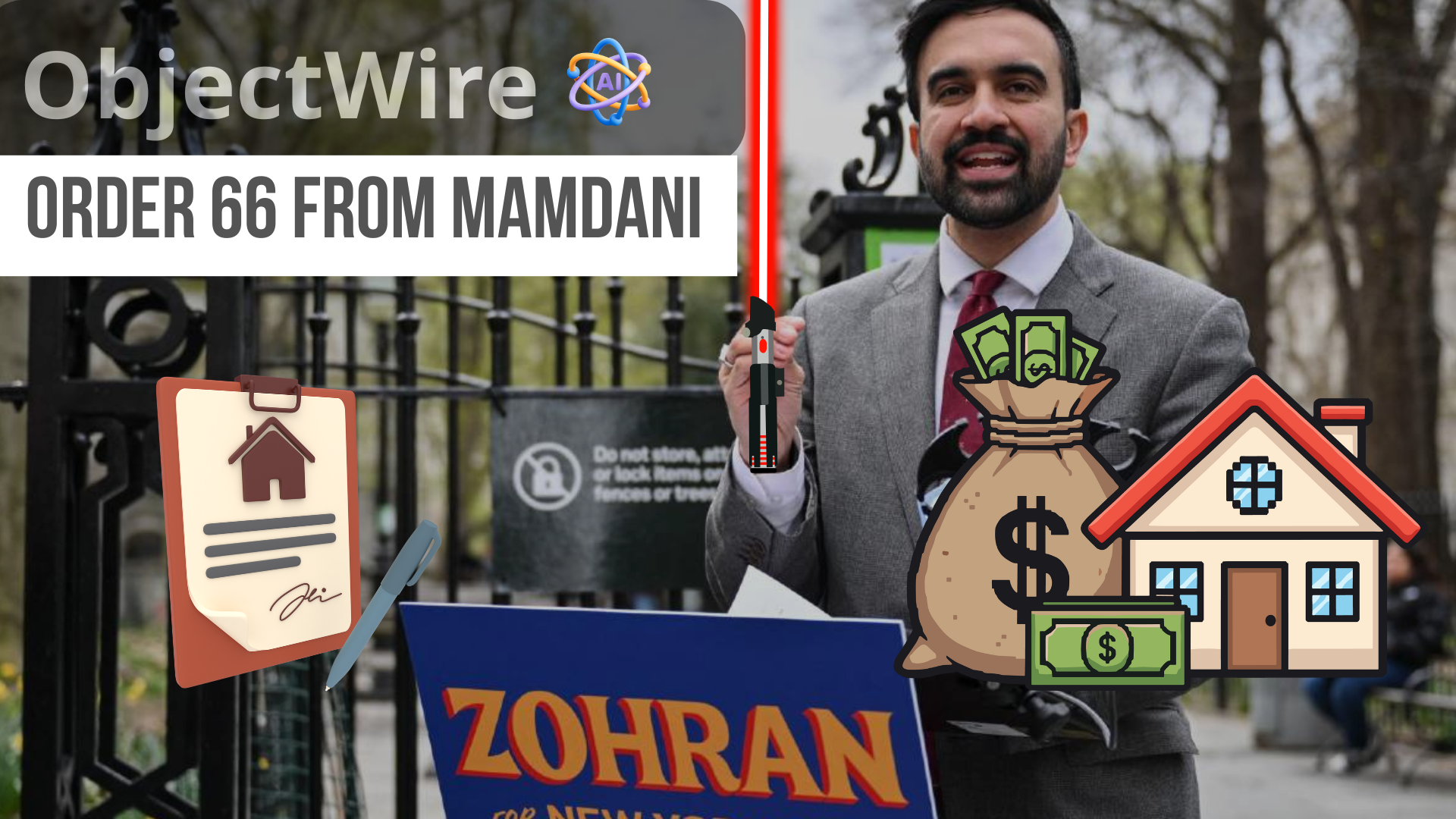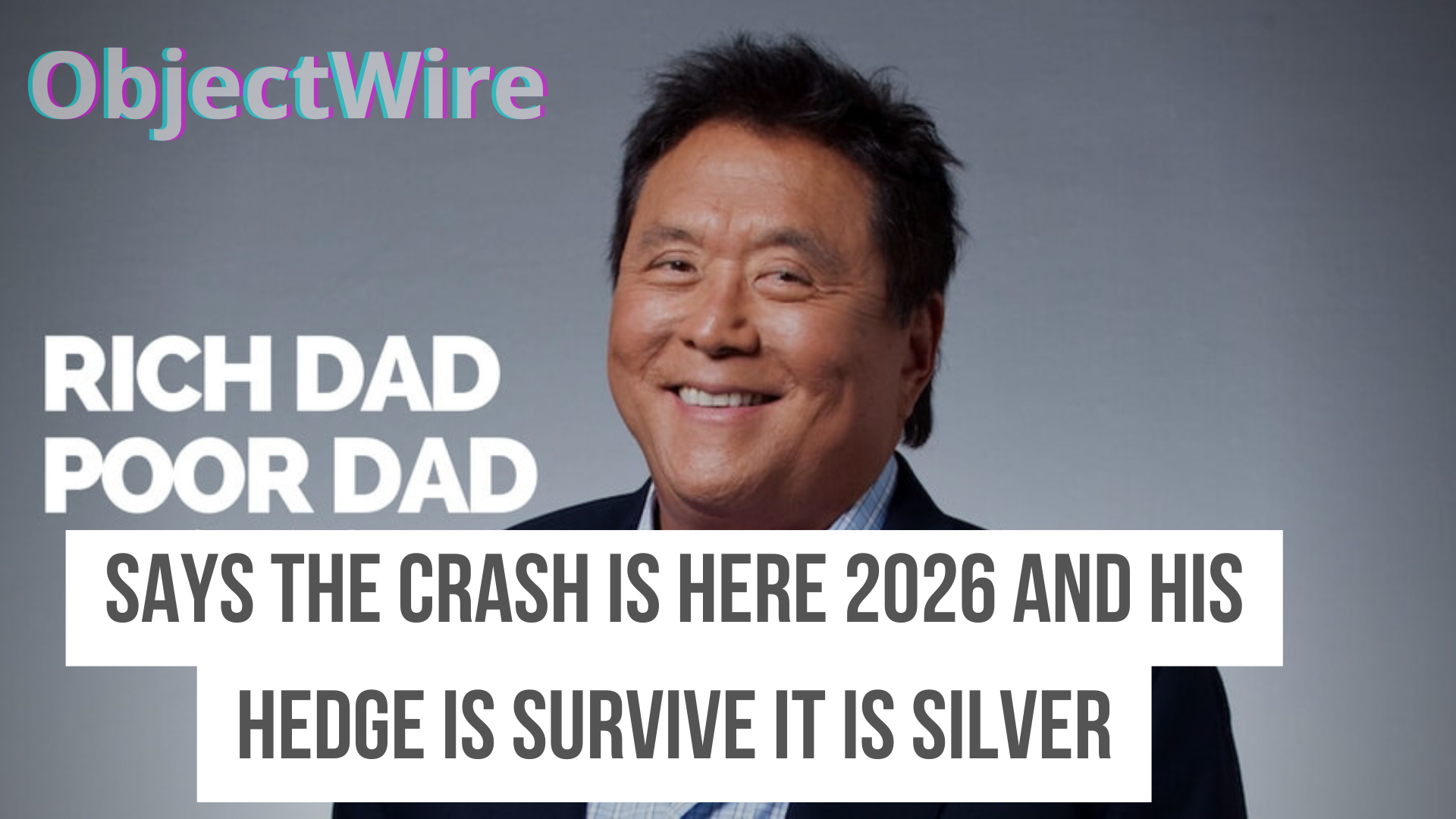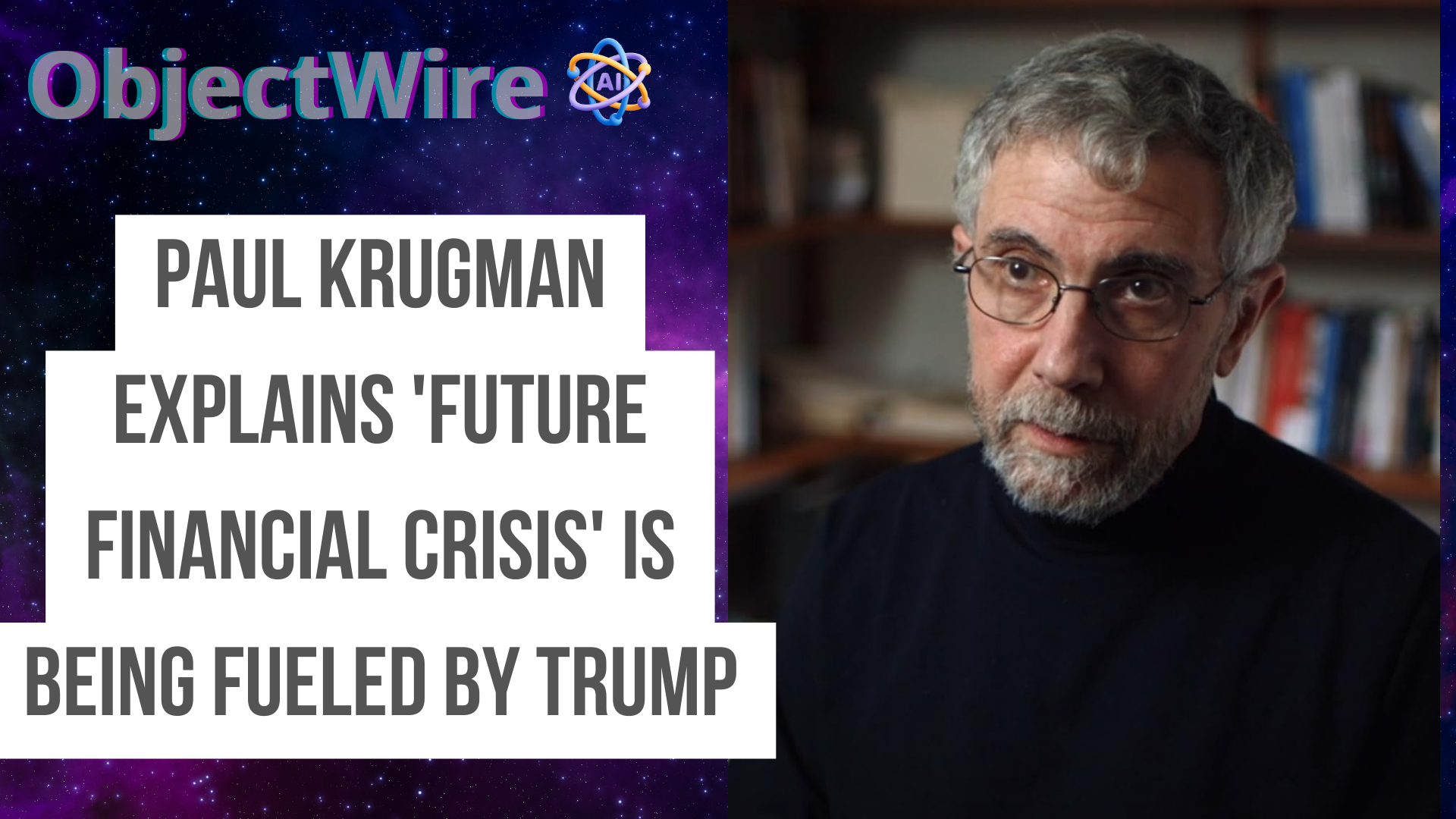Swift Payments Partners with Hedera HBAR
SWIFT, which stands for Society for Worldwide Interbank Financial Telecommunication, plays a pivotal role in the global financial ecosystem, enabling institutions to conduct cross-border payments and manage transactions smoothly.
Hedera Hashgraph, on the other hand, represents a next-generation blockchain technology that offers a decentralized public network designed to provide fast, fair, and secure digital transactions.
The partnership between SWIFT and Hedera blockchain technology heralds a new era of financial innovation aimed at enhancing cross-border payment efficiencies. By leveraging Hedera's advanced technology, SWIFT aims to explore more robust, secure, and high-speed solutions for international financial transactions, benefiting financial institutions and their customers worldwide.
The Strategic Importance Of The Partnership
By aligning with Hedera, SWIFT, the global leader in secure financial messaging services, is positioning itself at the forefront of emerging technologies that are redefining the banking and financial landscapes. Hedera’s blockchain technology offers unparalleled security, speed, and efficiency, which are crucial in handling the massive volume of transactions SWIFT processes daily.
This collaboration is likely to enhance the robustness and reliability of SWIFT's services by leveraging Hedera's highly secure and tamper-proof distributed ledger technology, drastically reducing the risk of fraud and cyberattacks.
By integrating these innovative solutions, SWIFT can meet the increasing demands of its global customer base, ensure compliance with evolving regulatory requirements, and maintain its competitive edge in the digital economy. This partnership underscores a mutual commitment to innovation, security, and the future of financial transactions.
How Swift Payments Intends To Integrate Hedera’S Technology
Swift Payments intends to integrate Hedera’s blockchain technology to enhance the efficiency, speed, and security of its global payment processing and settlement operations.
At the core of this integration is the utilization of Hedera’s distributed ledger technology, which is known for its high throughput and low latency. Swift is looking to leverage Hedera’s hashing algorithm to facilitate faster transaction validations and settlements across its network, which spans financial institutions worldwide.
This collaboration aims to address the current limitations in cross-border payments, such as delays and high costs, by providing a more streamlined and transparent system.
Central to Swift’s strategy is the implementation of Hedera’s consensus service to ensure immutability and transparent recording of transactions. This feature will enable financial institutions to access a shared, tamper-proof ledger, thus significantly reducing the risk of fraud and errors. Additionally, with its inherent capacity for handling thousands of transactions per second, Hedera’s platform aligns with Swift’s need for scalability to support the vast number of transactions processed daily.
The integration will also focus on improving compliance with regulatory standards by utilizing the traceability offered by distributed ledger technology.
This can assist in anti-money laundering efforts and ensure that all transactions are conducted within a secure framework. Through these steps, Swift aims to modernize its infrastructure and maintain its position as a leader in the financial payments arena.
Expert Opinions On The Swift-Hedera Collaboration
The collaboration between Swift, the financial messaging giant, and Hedera, a leading blockchain platform, has captured the attention of experts across the financial and technological sectors.
This could address ongoing concerns over fraud and compliance in international transactions, potentially setting new standards in financial accountability.
On the other hand, some experts caution about the integration challenges that might arise from merging traditional financial systems with newer blockchain models. They emphasize the need for robust regulatory frameworks to ensure that such collaborations comply with international financial regulations. Despite these challenges, the consensus remains optimistic.
Future Prospects And Implications For Global Transactions
As Swift, a dominant incumbent in the financial messaging network, integrates with Hedera’s advanced distributed ledger technology, we anticipate a future where transactions can be executed with enhanced speed, security, and cost-efficiency.
By leveraging Hedera’s technological infrastructure, Swift can facilitate seamless integration of digital currencies and tokenized assets into mainstream financial operations, fostering innovation in financial products and services.
This move could democratize access to global markets, allowing smaller enterprises and emerging economies to participate more actively and competitively in international trade.
Additionally, the increased efficiency and transparency inherent in blockchain technology could enhance regulatory compliance and oversight, building trust among users and regulatory bodies alike.
🚨 BREAKING: CONFIRMATION SWIFT WILL BE USING HEDERA TECHNOLOGY ACROSS THREE CONTINENTS! $HBAR
— Dagnum P.I. (@Dagnum_PI) March 1, 2025
LIVE TRIALS WILL BEGIN IN NORTH AMERICA EUROPE AND ASIA THIS YEAR AND STARTING NEXT YEAR WILL USE HEDERA'S TECHNOLOGY
News was dropped by Dylan Brady who is the Chief Executive… pic.twitter.com/dc4Eyrkt8T




"Trump plans to visit Helene-ravaged Western NC as part of first trips of second term." aol.com, 21. Jan. 2025, https://www.aol.com/trump-plans-visit-helene-ravaged-175144447.html. Accessed 22. Jan 2025.
"President Trump to visit WNC on Friday to assess post-Helene recovery efforts." fox28savannah.com, 21. Jan. 2025, https://fox28savannah.com/news/nation-world/president-donald-trump-visit-western-north-carolina-new-york-post-friday-assess-post-hurricane-helene-recovery-efforts-four-months-later. Accessed 22. Jan 2025.
"Trump to visit western North Carolina in first week back in office." wral.com, 21. Jan. 2025, https://www.wral.com/story/trump-to-visit-western-north-carolina-in-first-week-back-in-office/21819045/. Accessed 22. Jan 2025.
